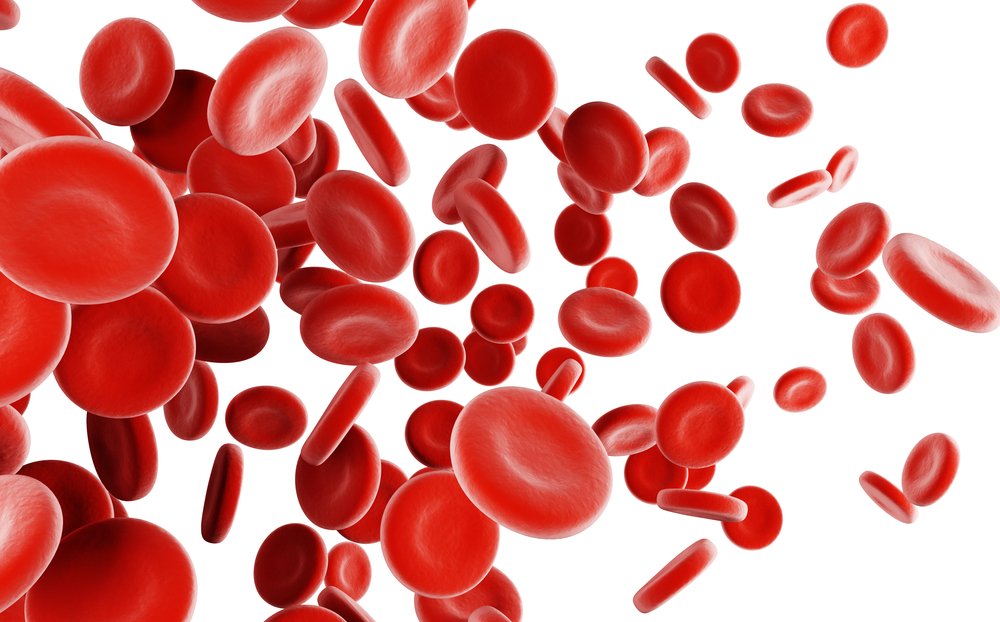Mannose-binding Lectin Levels Linked to Disease Activity in Lupus Patients

The lectin pathway of the complement system — a system that enhances the body’s ability to clear invaders — may underlie the clinical manifestation of systemic lupus erythematosus (SLE), new research suggests.
The study “Mannose-binding lectin serum levels in patients with systemic lupus erythematosus: association with thrombocytopaenia and seizure” was published in the journal Lupus.
Lupus is characterized by the presence of autoantibodies that attack an individual’s healthy tissue. This develops due to an abnormal immunity. One of the pathways involved in autoimmunity is the complement system. Imbalances of the complement system have been found to contribute to lupus.
Prior studies have shown that decreases in individual components of the complement system, as well as excessive activation of the system, can lead to lupus manifestation. Thus, correct balance of the complement system is essential. There are three pathways involved in activation of complement, one of which is the lectin pathway, whose primary component is the protein MBL (mannose-binding lectin).
MBL, which is coded by the gene MBL2, is present at different concentrations in individuals depending on the genetic variation, or mutations, that are present on the MBL2 gene. While some mutations may lead to increased levels of MBL production, others might reduce levels. Several researchers have found a correlation between MBL and susceptibility, modulation, and disease activity of lupus patients. However, results from these studies have been controversial.
So, researchers at Federal University of Parana set out to determine whether MBL plays a role in lupus activity and could be a potential marker for organ damage and other clinical features.
To conduct this study, serum samples, obtained from 195 lupus patients and 145 healthy volunteers, were analyzed for various markers of inflammatory molecules, as well as other clinical characteristics.
Results indicated that patients with high levels of MBL had a significant increase in the frequency of thrombocytopenia, a term for reduced levels of platelets and impaired blood-clotting ability, as well as high frequency of seizures.
Patients with high serum MBL levels, which were defined as greater than 2000 ng/ml, had three times higher risk of developing thrombocytopenia. Patients with high MBL levels also were at a three-fold higher risk of developing seizures. Furthermore, results showed there was a positive correlation between high MBL levels and disease activity and accumulated organ damage.
“We do not have any explanation for linking MBL serum levels with thrombocytopaenia,” the authors wrote. However, “there is a crossroad between activation of coagulation and inflammatory processes that is a phylogenetically ancient adaptive response to injuries.”
Furthermore, some lupus clinical manifestations, such as neuropsychiatric symptoms, are found to correlate highly with thrombocytopenia, indicating that thrombocytopenia may play a contributing role in the manifestation of these symptoms.
“Our results suggest a role for MBL in the development of clinical manifestations in SLE such as thrombocytopaenia and seizures. The findings corroborate the participation of the lectin pathway of complement in the pathophysiologic mechanisms underlying the clinical manifestations of SLE,” the authors concluded.





